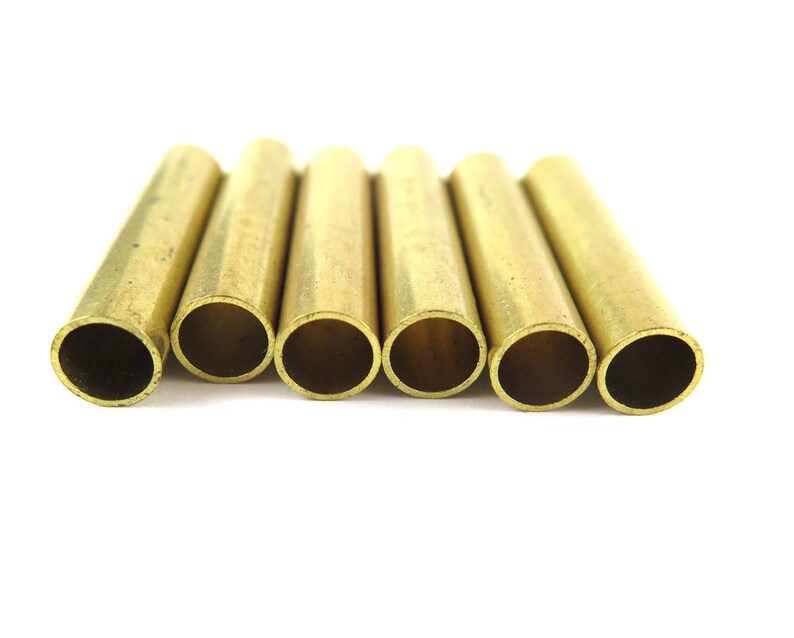Sheet Metal Fabrication
What is Metal Sheet?
A metal sheet is a thin, flat piece of metal that is typically used in construction, manufacturing, and other applications. Metal sheets can be made from a variety of metals, including steel, aluminum, brass, copper, and more. They are typically used for structural purposes, such as roofing, flooring, and wall cladding, as well as for making various types of machinery and equipment. Metal sheets can also be used for decorative purposes, such as in the creation of artwork or signage. They are available in a range of thicknesses and sizes, and can be cut, bent, or shaped to meet specific requirements.
Common processing methods for sheet metal
Metal sheet processing refers to a variety of techniques used to work with metal sheets to create parts, components, or finished products. Some common metal sheet processing techniques include:
1. Cutting: This can be done using techniques such as shearing, laser cutting, water jet cutting, or punch and die cutting.
2. Bending: This can be done using techniques such as press brake bending, roll bending, or air bending.
3. Forming: This can be done using techniques such as deep drawing, hydroforming, or spin forming.
4. Welding: This can be used to join two or more metal sheets together using heat and/or pressure.
5. Finishing: This can include processes such as painting, plating, or powder coating to protect the metal and improve its appearance.
The specific techniques used will depend on the type of metal being worked with, the desired final product, and the equipment available.
A Guide to Sheet Metal Design Process
The sheet metal design process involves several steps, including:
1. Determine the product requirements: The first step in the sheet metal design process is to define the product's requirements, including its intended use, dimensions, and any specific functional requirements.
2. Select the material: The material used for the product will impact its strength, durability, and cost. Common materials for sheet metal products include steel, aluminum, and brass.
3. Create a design: Using computer-aided design (CAD) software, a designer will create a 3D model of the product, taking into account the product's requirements and the chosen material.
4. Perform simulations: To ensure that the design is feasible and will meet the required specifications, simulations can be run to test the product's performance and identify any potential issues.
5. Create manufacturing drawings: Detailed manufacturing drawings are created to provide instructions for the manufacturing process. These drawings include information such as the dimensions and tolerances of the parts, as well as any specific requirements for the manufacturing process.
6. Prototype production: A prototype of the product is often created to test the design and ensure that it meets the required specifications.
7. Production: If the prototype is successful, the product can be produced using the manufacturing process specified in the manufacturing drawings.
8. Quality control: Quality control measures are put in place to ensure that the final product meets the required specifications and standards.
Throughout the process, the designer may need to make adjustments to the design to address any issues that arise or to optimize the design for manufacturing.

 Is admiralty brass copper nickel?
Is admiralty brass copper nickel?
 Nitinol Wire/Shape Memory Alloy: An Innovative Journey of Wonders
Nitinol Wire/Shape Memory Alloy: An Innovative Journey of Wonders
 What are the disadvantages of nitinol?
What are the disadvantages of nitinol?